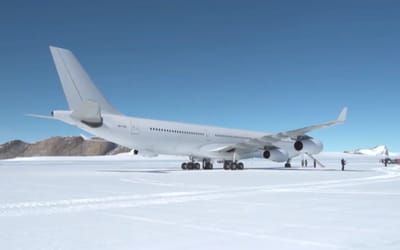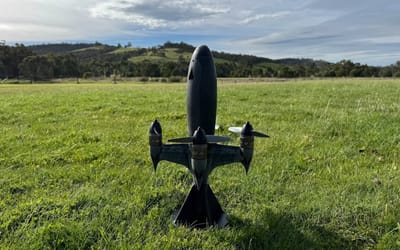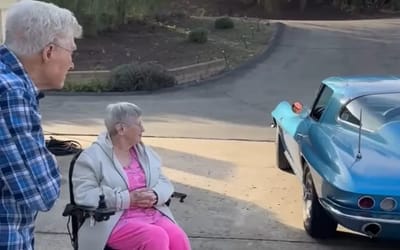The American Concorde that might have been better than the original, but everybody forgets about it
Published on Jul 14, 2025 at 7:26 PM (UTC+4)
by Henry Kelsall
Last updated on Jul 15, 2025 at 1:31 PM (UTC+4)
Edited by
Tom Wood
The Lockheed L-2000 was the American Concorde that might have been superior, but everybody forgets about it because of the Boeing 2707.
With Britain and France developing the supersonic airliner Concorde, America wanted a slice of the action, and two very strong contenders emerged to achieve this.
One was the complex Boeing 2707 Supersonic Transport (SST), but the other was the equally impressive Lockheed L-2000.
In fact, the L-2000 might have been the better of the two. Yet, unlike Boeing, it’s often forgotten that the L-2000 was even proposed.
DISCOVER OUR SUPERCAR AUCTION SITE – View live auctions on SBX Cars
When Lockheed began developing the American Concorde
Serious consideration of an American SST began in the late 1950s, with it clear that Britain and France were working on Concorde.
As time went on, the US government spent some time evaluating various proposals for a supersonic airliner.
Out of all of those, two stood out.
First, there was the Boeing 2707 with its radical swing-wing design.
Then, there was the Lockheed L-2000.
The L-2000 was more basic in its design, with a delta wing similar to Concordes without the swing-wing mechanism.
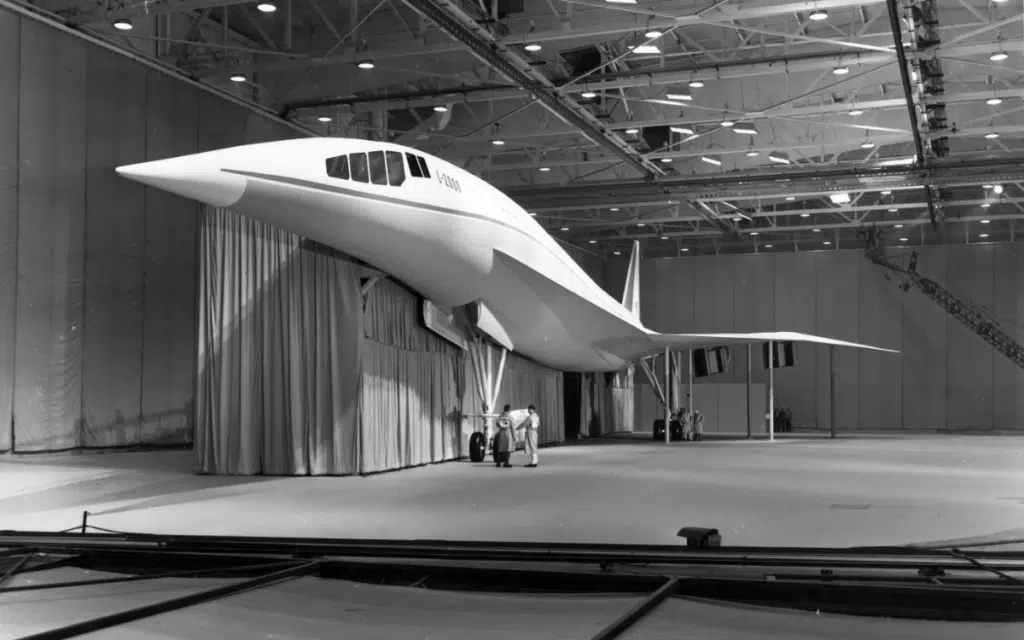
Lockheed’s design would have also had the droop snoot made famous by Concorde.
The company had also chosen to use the Pratt & Whitney K58 engines on the airliner.
These were used on the Lockheed A-12 and the SR-71 Blackbird.
Later developments were intended for the full production aircraft.
The Lockheed design was very impressive
Lockheed’s L-2000 would have had a crew of up to three in the cockpit, and the capacity for 273 people in total.
It was to have four of the Pratt & Whitney engines, and be able to fly at Mach 3, around 2,000mph.
As it had a simpler wing and a more conventional design, the Lockheed was viewed as the ‘less risky’ option over the Boeing 2707.
The L-2000 would also likely have been much cheaper to design and build than its Boeing rival.

It looked no less impressive, however, and Lockheed would revise the design into two different variants.
One was the smaller, longer-range L-2000-7A, and the other was the larger, short-range L-2000-7B.
On paper, there was a lot to love about the Lockheed proposal.
The company also built a full-size mockup of its new creation.
Yet when it came to choosing an American SST, the selection committee had other ideas.
The L-2000 was snubbed for the Boeing 2707
Despite a promising design, Lockheed’s design was not selected by the US Government.
Part of this was that, despite it being simpler, the government wanted an aircraft that could push the boundaries.
It also wanted something noticeably different from Concorde, and some felt the L-2000 was too similar to its rival.
The Boeing 2707 simply represented a greater leap for American aviation.
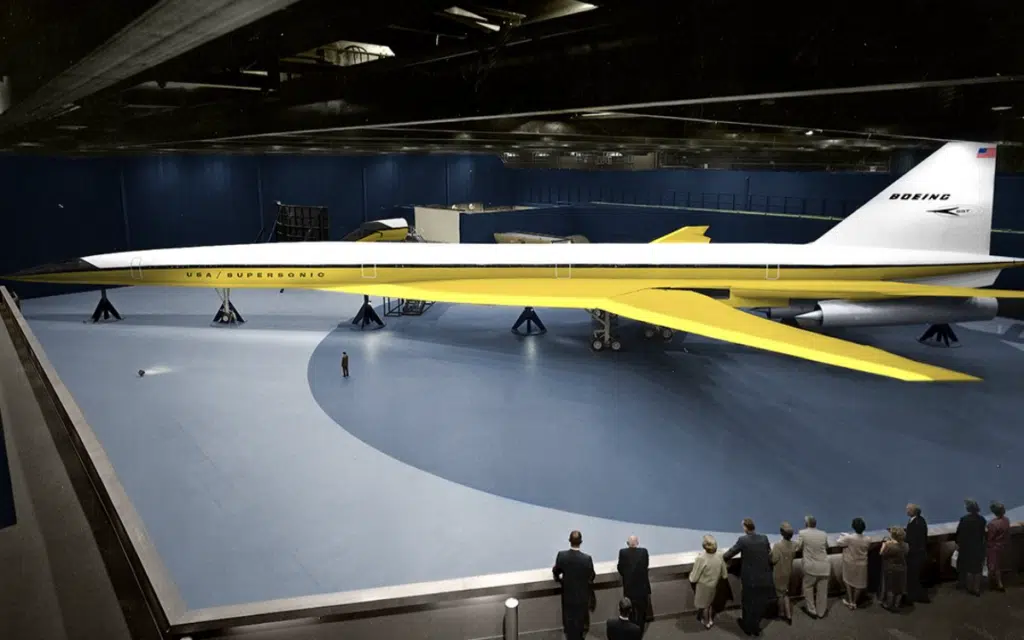
Yet ironically, despite being chosen, Boeing would simplify its own design, removing features such as its swing-wing mechanism.
That put it much more in line with the rejected L-2000, but also further behind on development.
With concerns over the sonic boom, the aircraft’s environmental impact, and rising costs, the 2707 project was canceled in 1971.
The dream of an American Concorde was over.
What might have happened with the other American Concorde?
Had Lockheed been chosen to produce an SST, things could have been different.
The L-2000 was a simpler, cheaper, and less complicated aircraft to design.
Despite being similar to Concorde, it could still carry over 100 people more than its Anglo-French rival.
Potentially, it could have gotten so close to the prototype stage that funding may not have been pulled.
In the end, it didn’t matter, as supersonic commercial travel never became mass-market.
The cost of the aircraft and concerns over sonic booms really limited Concorde’s potential.
Concorde itself only ever flew with Air France and British Airways.
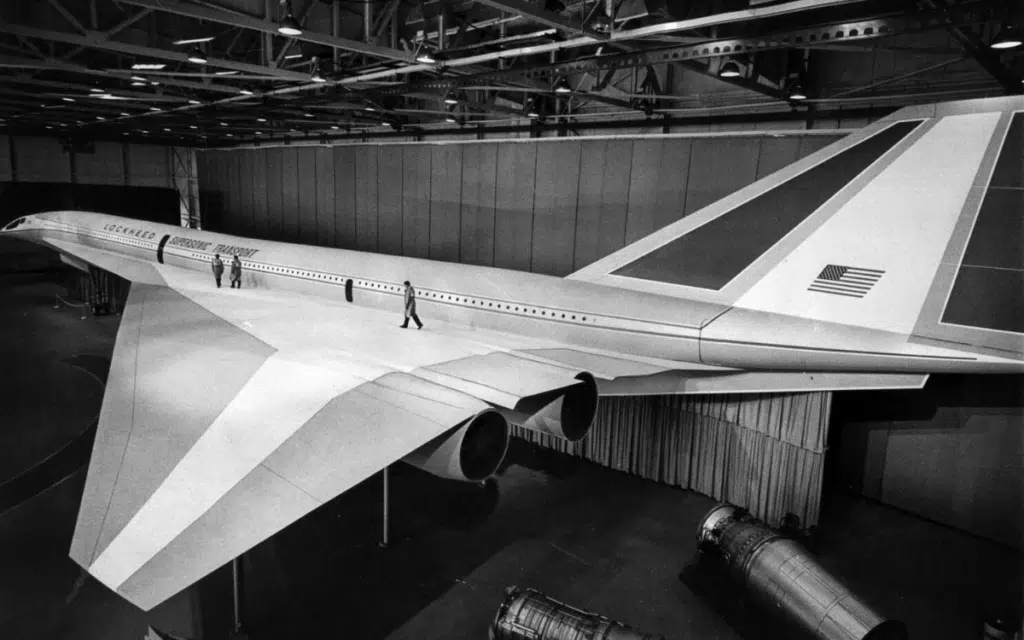
And even though the Soviet Union also produced its own SST, the Tupolev Tu-144, it was retired after just one year of service.
A rushed development, two major crashes, and multiple issues plagued the Soviet jet.
America probably made the right call to cancel both the L-2000 and 2707 projects.
But, had the Lockheed L-2000 won the contract, who knows where aviation might have gone instead?
Click the star icon next to supercarblondie.com in Google Search to stay ahead of the curve on the latest and greatest supercars, hypercars, and ground-breaking technology.
DISCOVER SBX CARS: The global premium car auction platform powered by Supercar Blondie
Henry is a content writer with nearly ten years experience, having written for various publications since 2017. Qualifying with a Sports Journalism degree from Staffordshire University, Henry loves all things automotive but has a particular soft spot for classic Japanese cars and anything Lancia. He also has a curious passion for steam locomotives.
